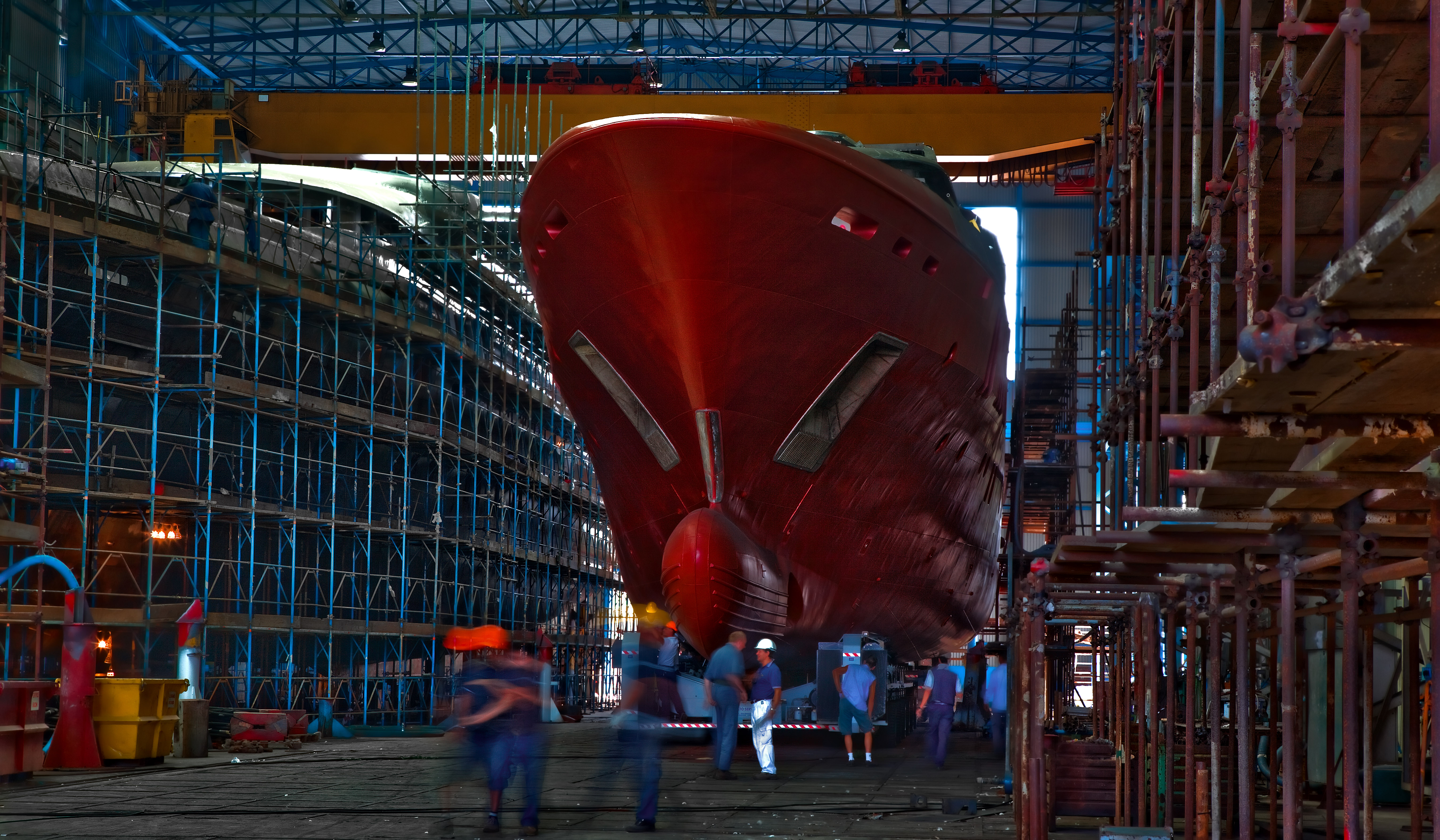Getting to zero emissions in 2030? Relying on the possibility of this happening is no less surprising than being able to fill a bucket of water with a hole in the bottom to the brim.
The way in which the protagonists of the shipping industry have been intensifying their efforts in favour of achieving the objective suggests a preventive barrage, a sort of warning about the fact that no one can imagine reaching the next decade without clearly identifying the result they want to achieve.
However, a political fog is thickening around the C02 cuts that has ended up confusing times and ideas. The United Nations Conference on Trade and Development (UNCTAD) knows something about it and has asked itself a seemingly simple question: the International Chamber of Shipping and recently formed groups, such as the Getting to Zero Coalition, believe that by 2030 we can achieve completely eco-sustainable ships. Is this a viable target?
UNCTAD’s response is contained in a detailed report prepared on the basis of data provided by the consultancy firm Clarkson Research.
At a sensitive time like the present, when the entire shipping industry is faced with the challenge of the new IMO regulations, the question of how long it will take for older ships to be replaced by new generation, sulphur cap-proof vessels is not an exercise in mere rhetoric.
This is what UNCTAD has done, calculating the average age of ships taken off the market from 2016 to 2018 and establishing, on the basis of the data obtained, how long it will take before shipowners decide to get rid of the current fleet.
The Conference highlights that during the 2016-2018 period, container ships with an average of 25 years of service were sent to demolition yards and, likewise, oil tankers and bulk units with 25.1 and 27.8 years of service respectively and ferries that had been running for 38.4 years.
The division by gross tonnage is interesting: in the three years under examination vessels with a greater tonnage (over 50000 GT) were scrapped at 23.7 years of age, which is a much lower average age compared to when the smaller tonnage ships were scrapped (29.3 years for ships between 5000 and 49 thousand GT and 35.1 for those with a tonnage below 5000 GT). This is a sign that the sector is experiencing a major phase of acceleration in the rate of obsolescence, particularly noticeable for larger vessels.
UNCTAD then goes on to analyze how the average age of the merchant fleet is currently distributed on the basis of the various types of goods: the world container fleet consists of 16.28% of the total of units that are over 20 years old. The majority of container ships (31.32%) have an average age ranging from 10 to 14 years. Instead, the bulk carrier fleet has the most recently built units (44% of the total has between 5 and 9 years of age, 22.8% has no more than 4 years of life). As for the tankers: 35.98% of the total fleet currently in service is more than twenty years old. Putting together all the various types of ships (including general cargo units), ships over 20 years old account for 41.9% of the total.
If the same patterns are maintained over the following years, it is highly likely that by the end of 2030 (beginning 2031) only 43% of the current container ships and 17% of the dry bulk fleet will be scrapped.
“These figures highlight the urgency in developing new technologies as soon as possible, to avoid that the fleet renewal of the next years will include too many traditionally fueled ships which will then still service global trade for decades to come.” UNCTAD warns
In short, the issue of environmental sustainability will cause and is certainly already causing a rapid ageing of the shipping fleet, redefining its standards towards the new environmental paradigms, but not at such a rate as to suggest that by 2030 it will be possible to have zero emission ships.
Some people already talk about it as a “moon-shot ambition”, as a fantasy. Maybe it will be already a major step forward if we get tangible results by 2050. The IMO is working on a precise and timely plan in an attempt to accelerate the process of reducing pollutants; how real the possibility of reaching this target will be seen over the next few years.
Meanwhile, IMO2020 is already in place: the implementation of the liner legislation will have an impact that the Drewry consultancy firm estimates at $11 billion in extra costs for the container industry alone. Operators will find themselves in great difficulty and to maintain cash flow they will turn to the usual techniques used so far to limit supply capacity such as the introduction of blank-sailing or the return to slow-steaming, which has never really gone out of fashion: reducing the speed of ships helps to reduce pollution while saving fuel.
According to the UN body, the real priority will be to make emissions of pollutant gases more and more expensive by encouraging the adoption of new technologies or alternative fuels. ” A key aspect will be the cost of emitting CO2, including a potential carbon levy, vis-à-vis the costs of investments into new technologies and alternative fuels. The higher the costs of emitting CO2 and the lower the costs of new technologies, the earlier the currently existing fleet can be expected to be replaced with ships that help the industry to achieve its objective of ‘getting to zero’” the UNCTAD report says.
All the uncertainties over the medium term, however, remain: the path towards climate neutrality appears bumpy and full of pitfalls. It is highly unlikely that 2030 will provide the expected satisfaction. Are we going to find ourselves in ten years’ time at the starting point, or almost? It is a probability that those who work in the sector cannot completely rule out.
Translation by Giles Foster




